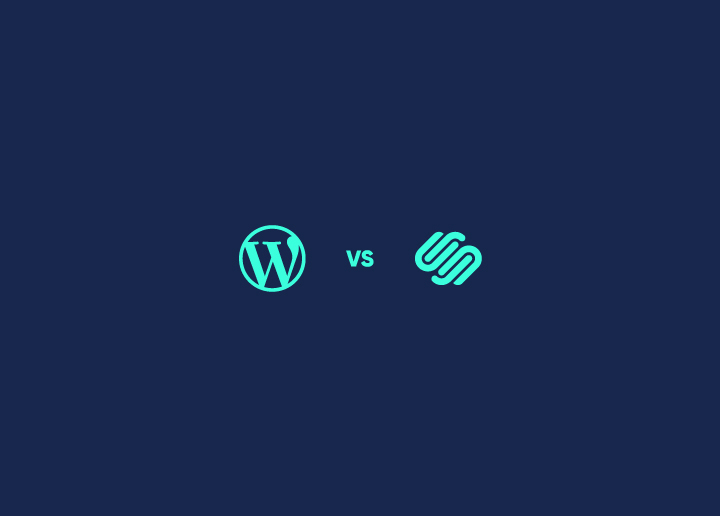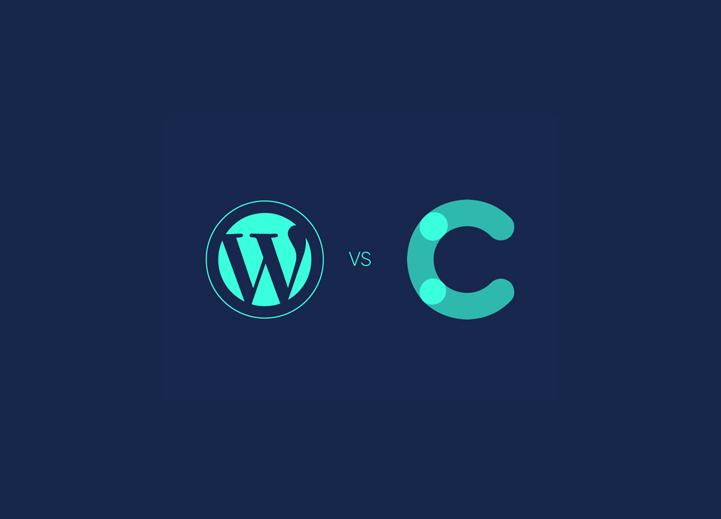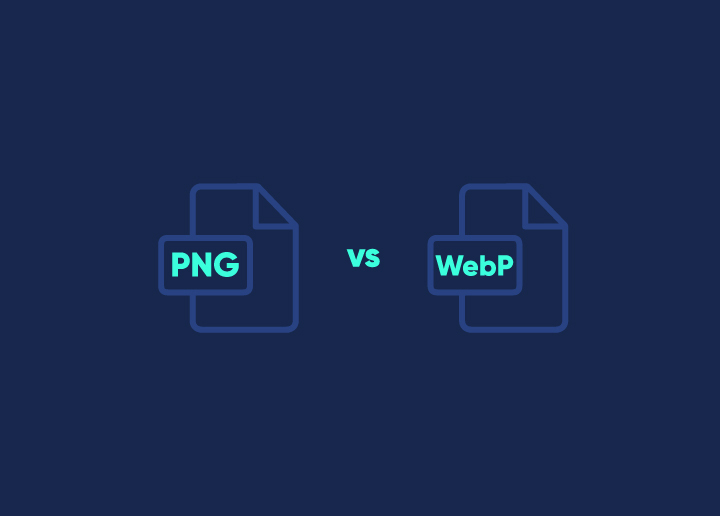Currently, the world has become “mobile.” Global smartphone shipments are breaking all records, with Android becoming the most powerful mobile operating system with an 82% market share in the mobile phone market. According to Ericsson’s latest mobility report, global mobile data traffic exceeded 15 exabytes per month in 2018.
As a result of this rampant use of smartphones, it is natural to see more and more companies embark on the path of mobility and focus on developing a unique mobile optimization strategy to meet the needs of customers or mobile device users. However, website owners still struggle to answer this question: How do you deliver an exclusive user experience on smartphones? There are three ubiquitous mobile optimization methods: the dedicated mobile site, the responsive design site, and the mobile application. In this blog, we will talk about the differences between mobile sites and responsive sites.
Let’s dive in!
Contents
ToggleDedicated Or Responsive?
The decisions on ensuring users have a pleasant experience while accessing your website on a mobile device are crucial to putting mobile-first.
You can do it in two ways: 1. Create a mobile-specific website to which users with mobile devices can be redirected. 2. Make sure your website is “responsive” – so that the same content is served up optimized for the device through which a user is accessing the site.
Deciding between a dedicated mobile website and a responsive website depends on UX (user experience), cost, and SEO (search engine optimization), as well as practical implications for building, maintaining, and managing content.
So, what should marketers keep in mind when it comes down to deciding whether to build a mobile website or a responsive site.
Dedicated mobile site
A dedicated mobile site is specially designed for mobile devices, taking into account technical constraints (touch gestures), usability experiences, and the limited connection speed of mobile platforms. Typically, dedicated mobile site URLs begin with an “m” prefix.
In a dedicated mobile site, the emphasis is on the readability of the content & the accessibility of the functionalities. You should also know that a dedicated mobile site can be beneficial from an SEO perspective if optimized correctly.
Today, mobile websites tend to complement the original desktop version of a website in a reduced form. Due to the lower hardware performance and the consolidated data exchange volume of portable devices, the requirements and challenges of mobile website development are quite different from those of a traditional website. The programming of a mobile site must be done with care so that the pages can be loaded quickly and the navigation is as smooth as possible. Moreover, the challenge for any developer is to ensure that the height and width of the mobile web page automatically adapt to the screen size of different media.
Advantages: works on all platforms; break away from desktop release planning; the content can be perfectly harmonized for the user; economic.
Disadvantages: This requires more maintenance because the mobile contents cannot be stacked with the desktop variant and require additional URLs.
Suitable for: Web projects with static content; small-to-medium scale websites.
Responsive Mobile site
It’s one of the hottest topics in web development right now, and it’s also become an official Google SEO criterion, but what is a responsive website? Or responsive Webdesign?
A responsive design mobile site corresponds to a unique website for each screen. So it becomes more accessible, faster, and expensive to build, manage and host a single website for all devices, browsers, and screen resolutions.
Google recommends “Responsive Web Design” as the best solution for mobile device users. This is because there is only one URL for your users to find you on all devices in an adaptive mobile site. This makes it easy for search engine algorithms to index content without encountering duplication issues or errors.
Finally, you no longer need to work with a single responsive mobile site, whether in the design, development, or test phase. Thus, a reactive solution turns out to be the most economical while avoiding additional working hours.
A responsive website differs from a separate mobile site because it doesn’t require two different versions, but only one. All the elements (blocks of texts, images, etc.) are integrated in the same way into the site template, and only the representation varies from device to device.
Advantages: works on all platforms; a template for all media; all content is loaded from a single URL.
Disadvantages: High investment in planning and development; existing office websites have difficulty adapting to responsive web design.
Suitable for: Blogs; all new projects.
Balance sheet
By comparing the two solutions presented above, you can find the one that best suits your mobile web project. Which option will be the most suitable? It depends entirely on your budget and the type of project. If your budget is limited, a mobile website is the cheapest and fastest possible solution. Due to its independence from a desktop web version, it is possible to develop such a website at any time. It doesn’t work as quickly with a responsive website. The necessary changes in the code make such a restructuring a daunting task. If you plan to create a project from scratch, it is worth thinking about setting up a responsive website.
If you have the financial means, a combination of multiple responsive site designs and apps might make sense. For example, Facebook users can, apart from classic websites, load mobile versions or different native apps for iOS, Android, etc. The social network reaches far more users than a single variant would. Of course, you will need to consider investing much more in design and maintenance.
Despite your brand or industry, you know that a massive percentage of your website’s traffic comes from mobile. No one affords to lose the vast audiences just because the site looks terrible on the phone! It’s time to graduate from mobile-friendly sites because mobile-friendly isn’t user-friendly for the user at all.
Are you looking for a mobile-optimized website or responsive website design services? Don’t hesitate to connect with us! We are there to help you.


















